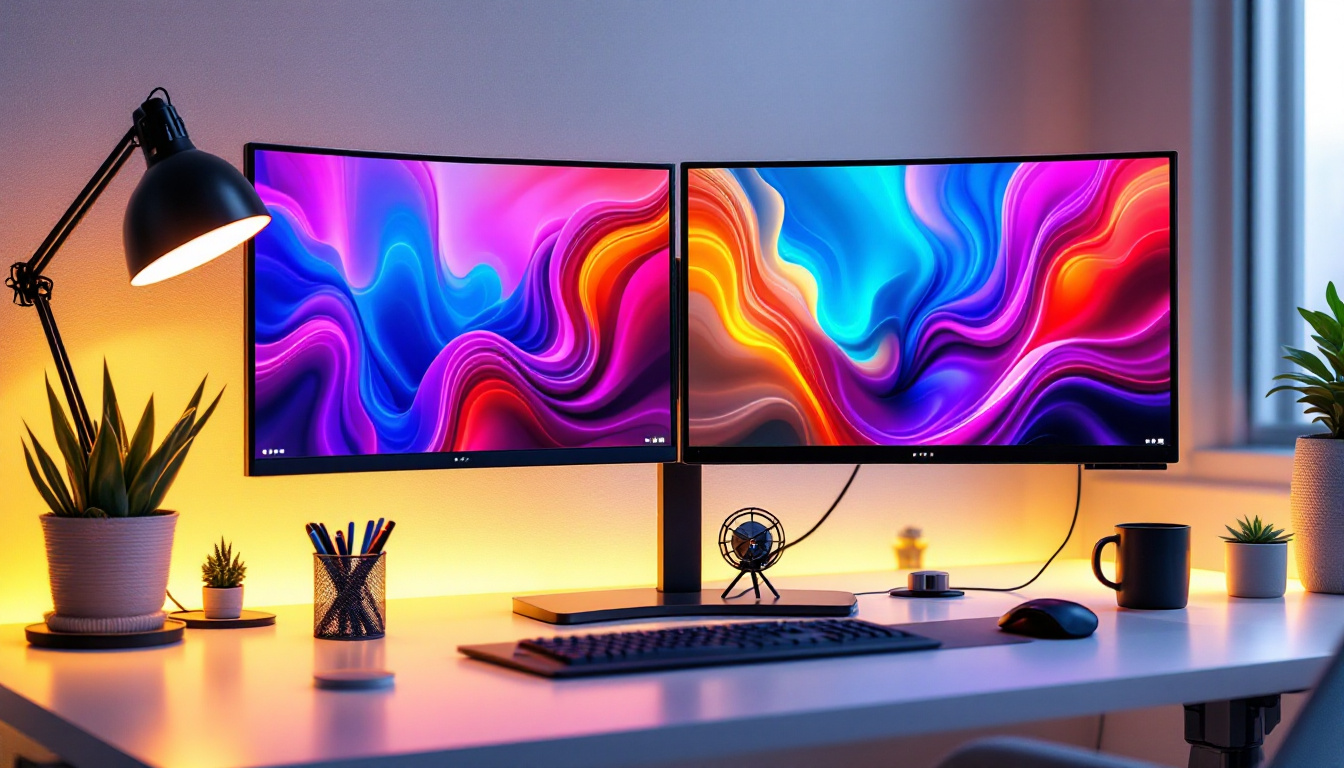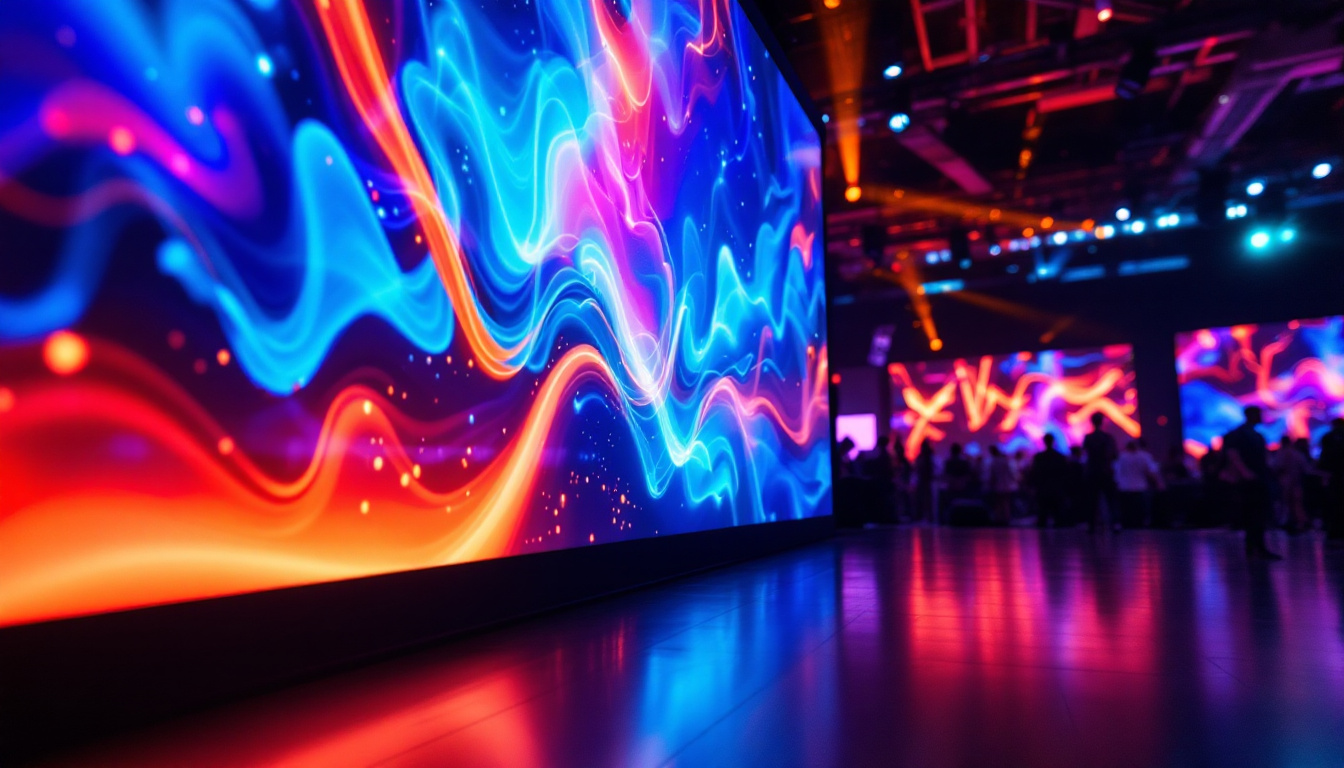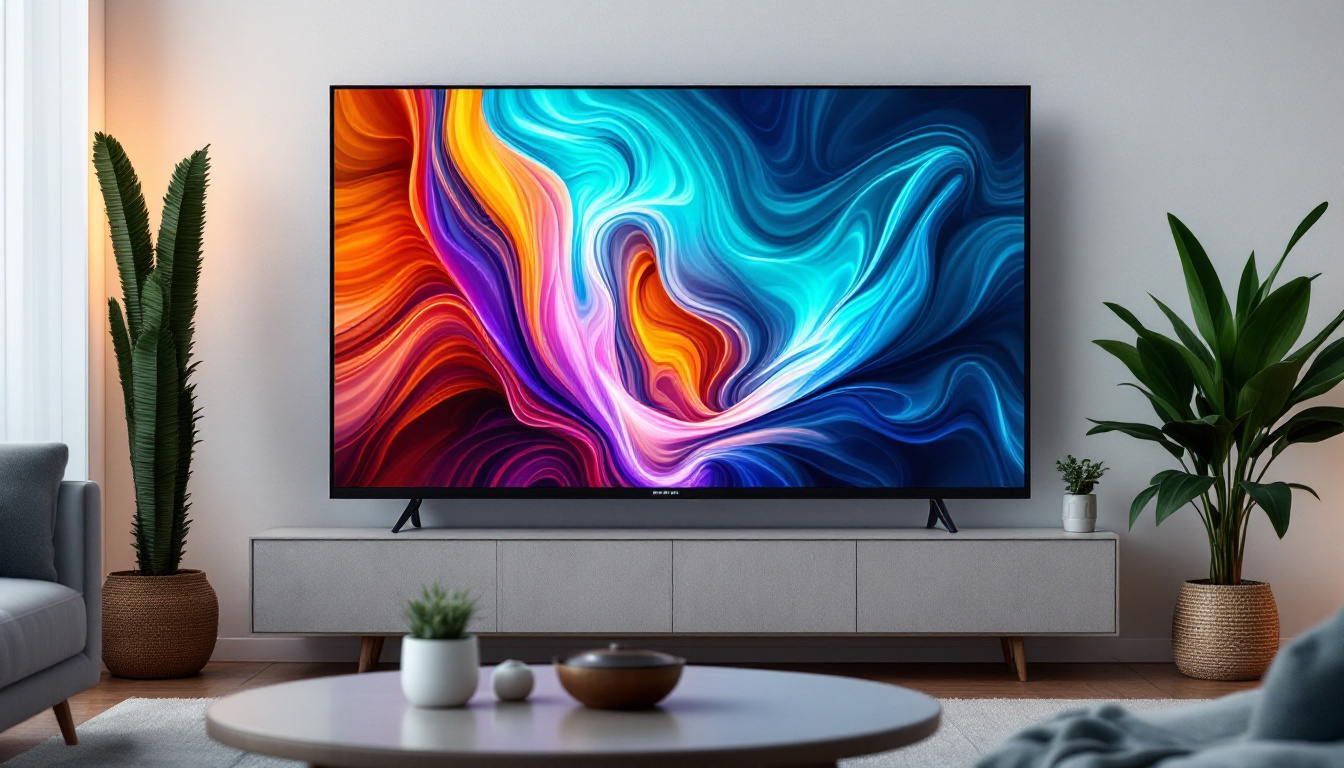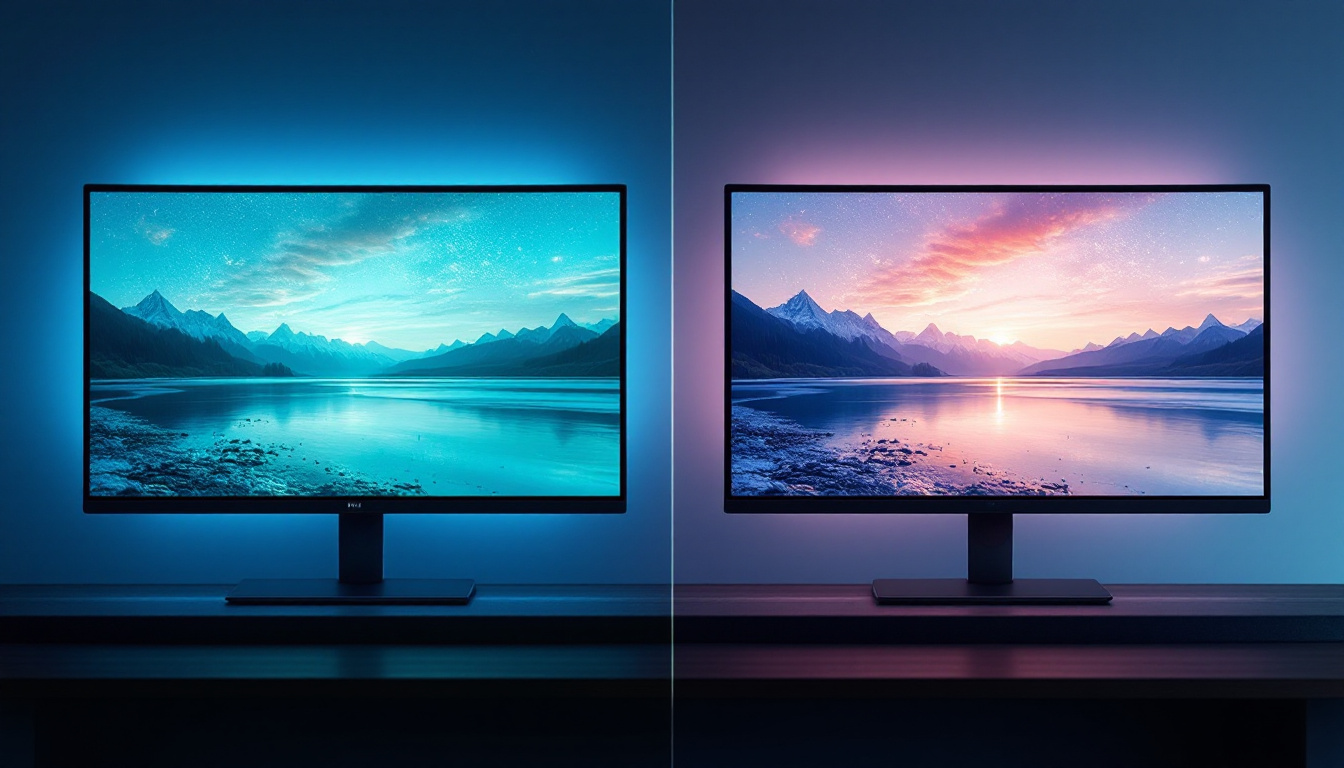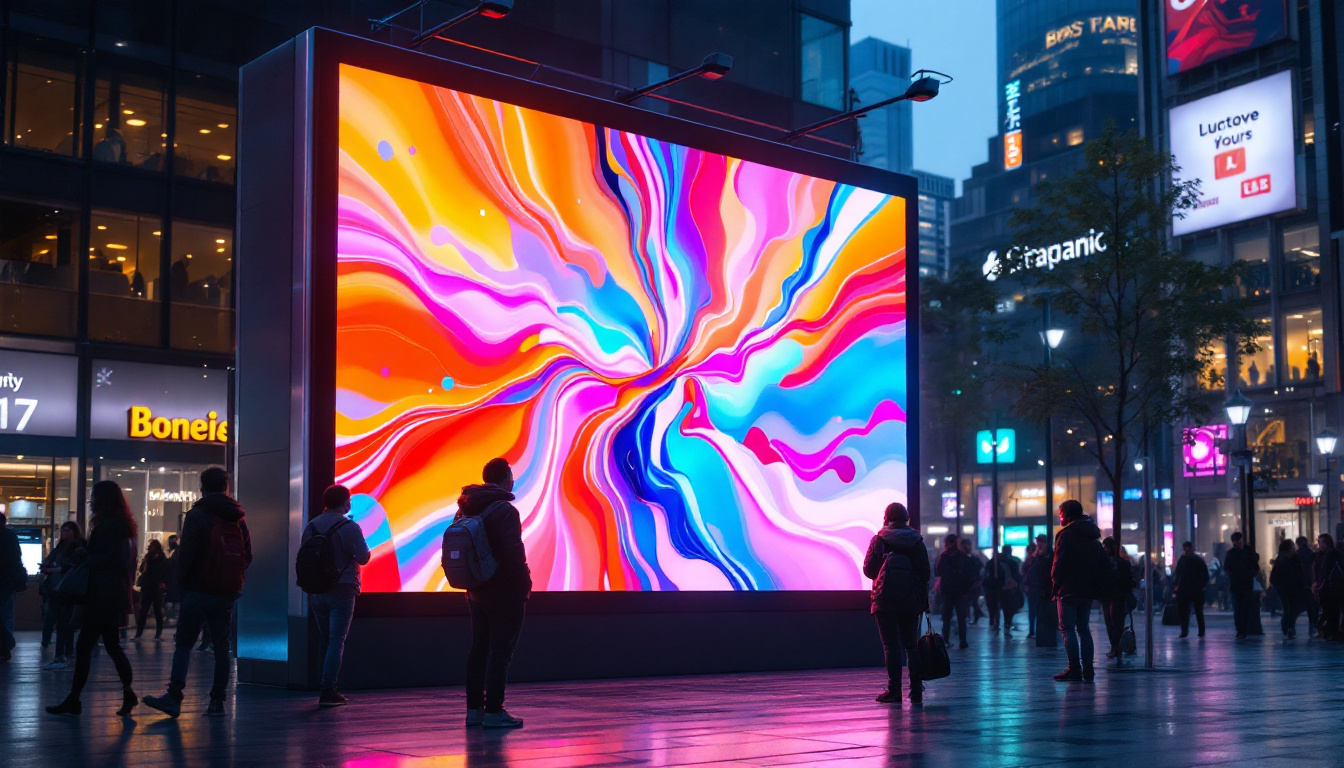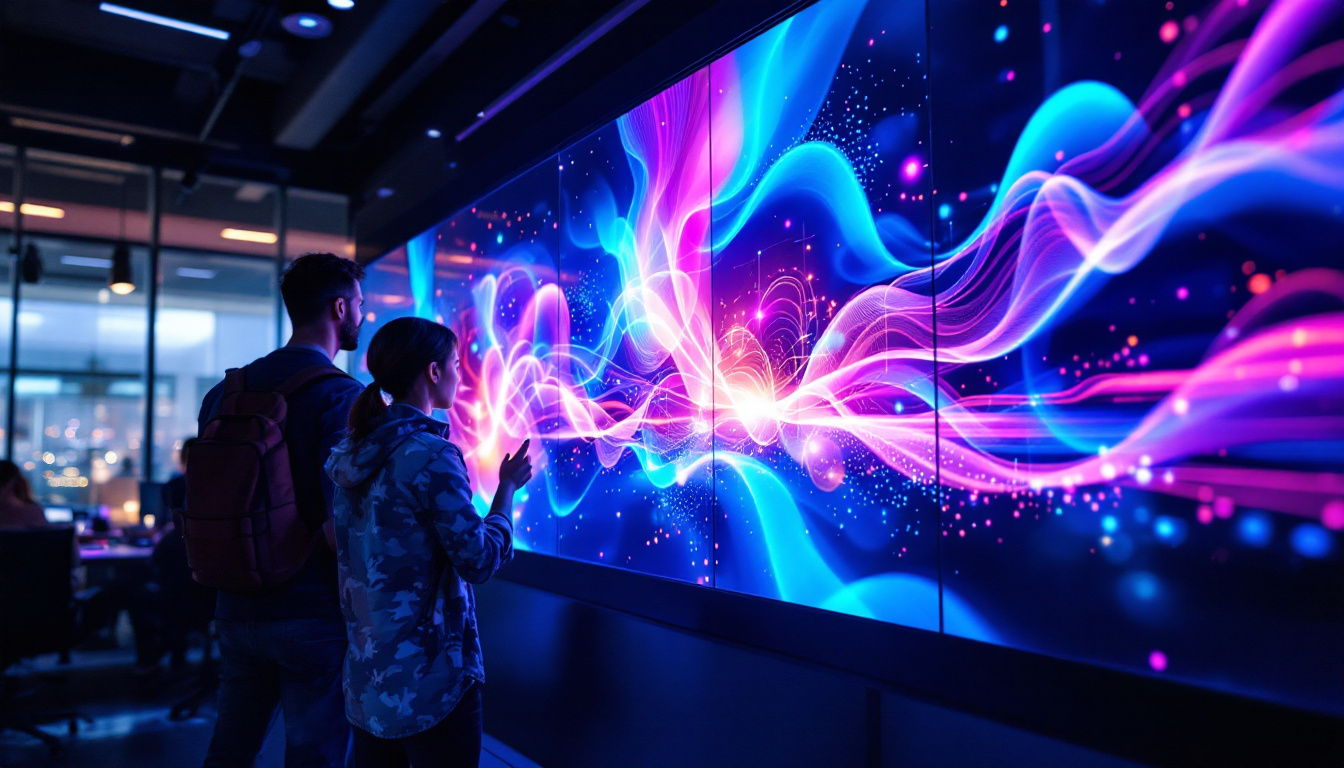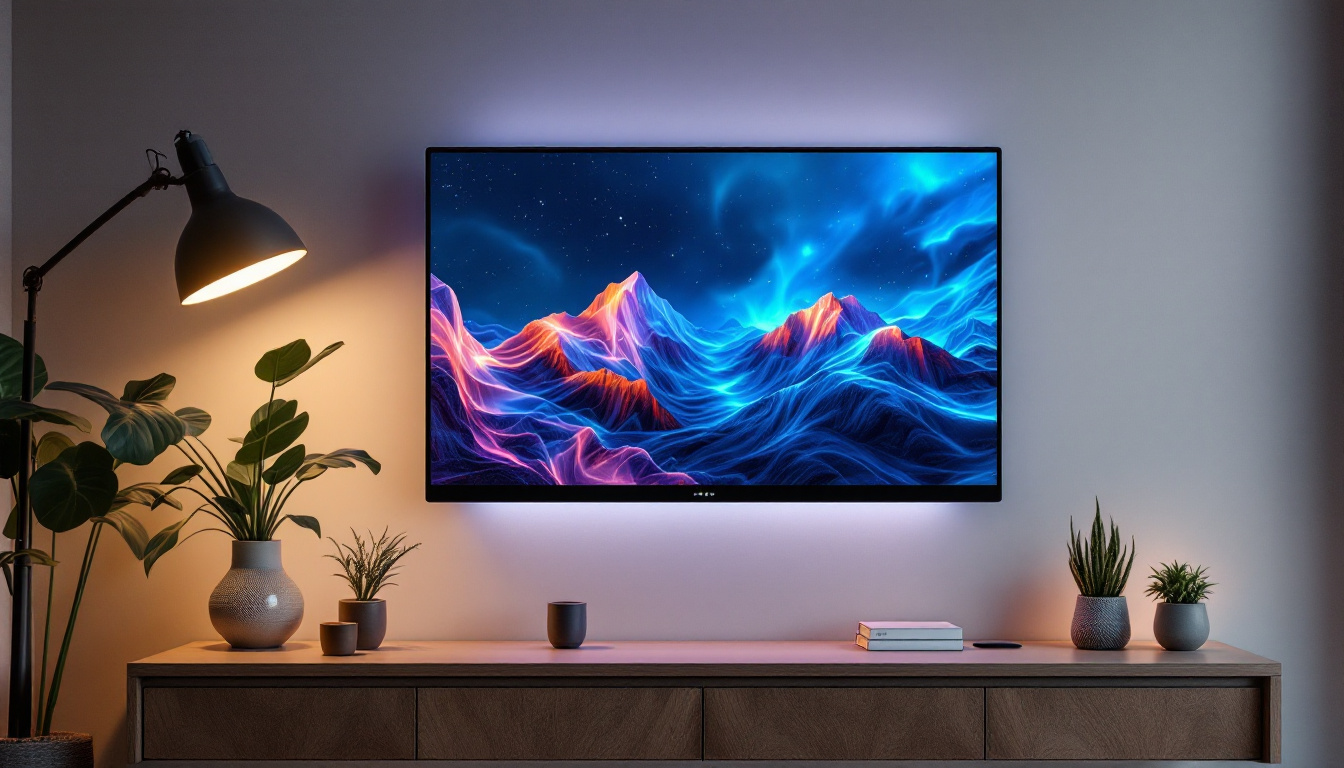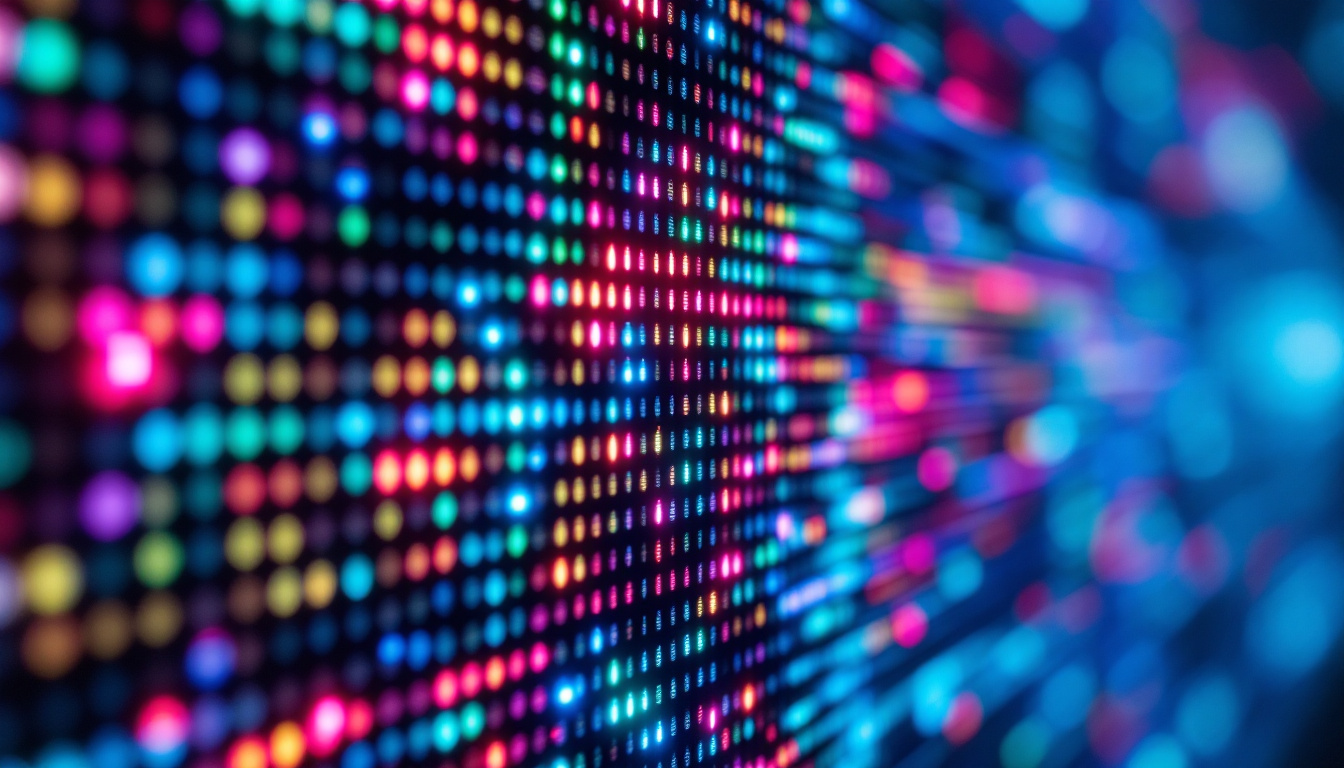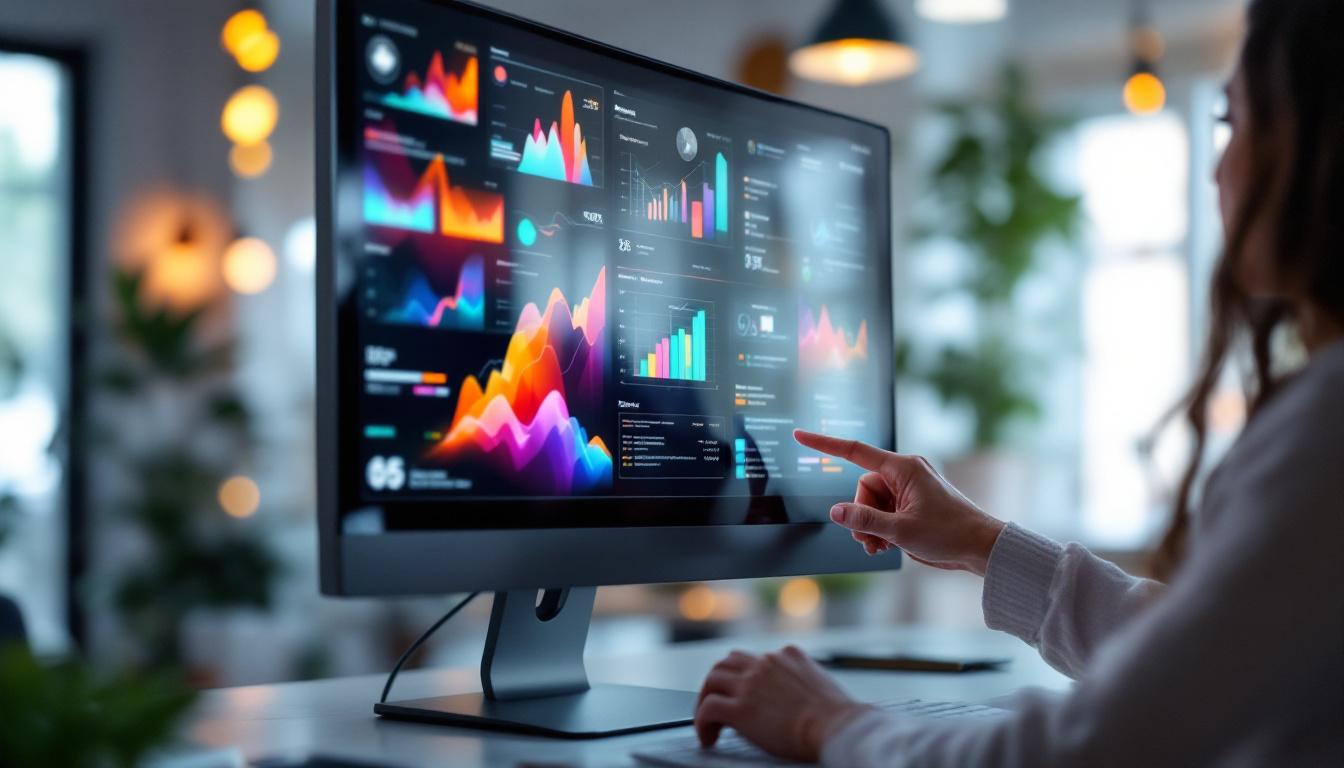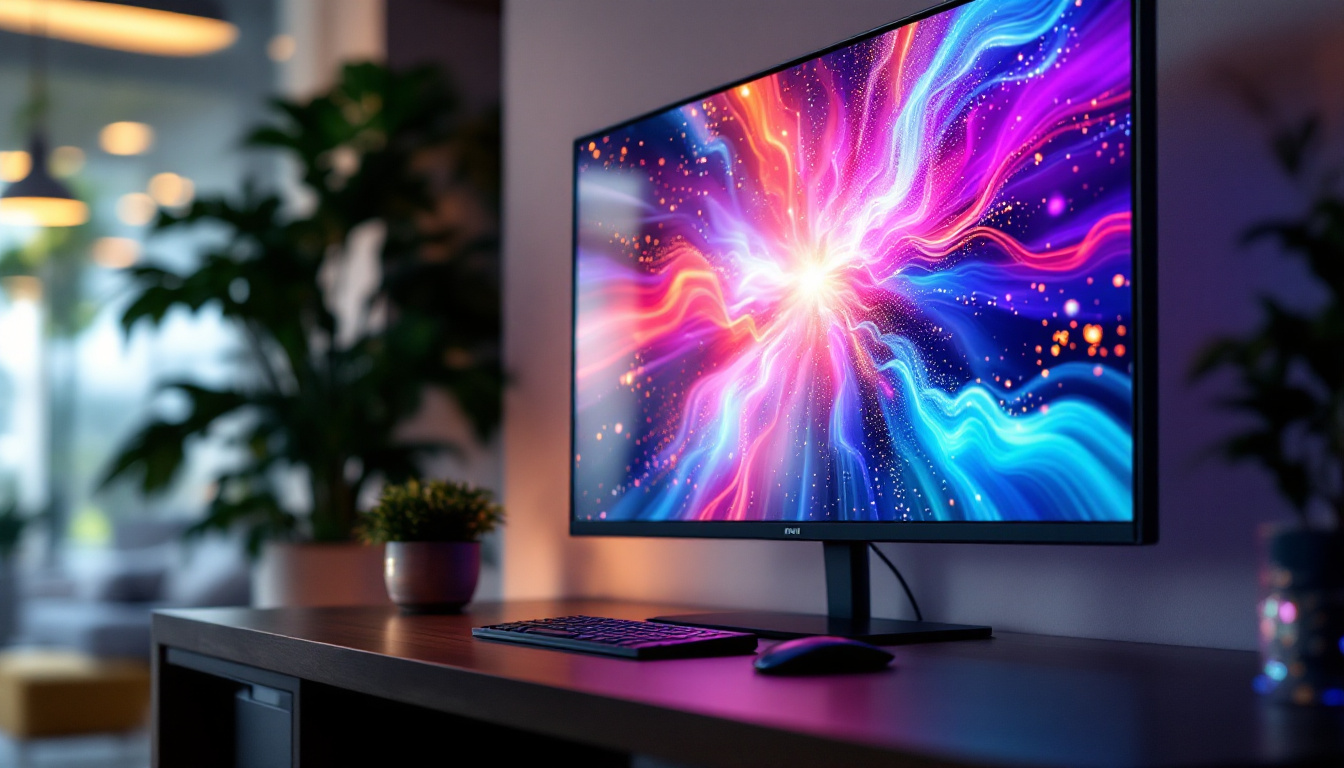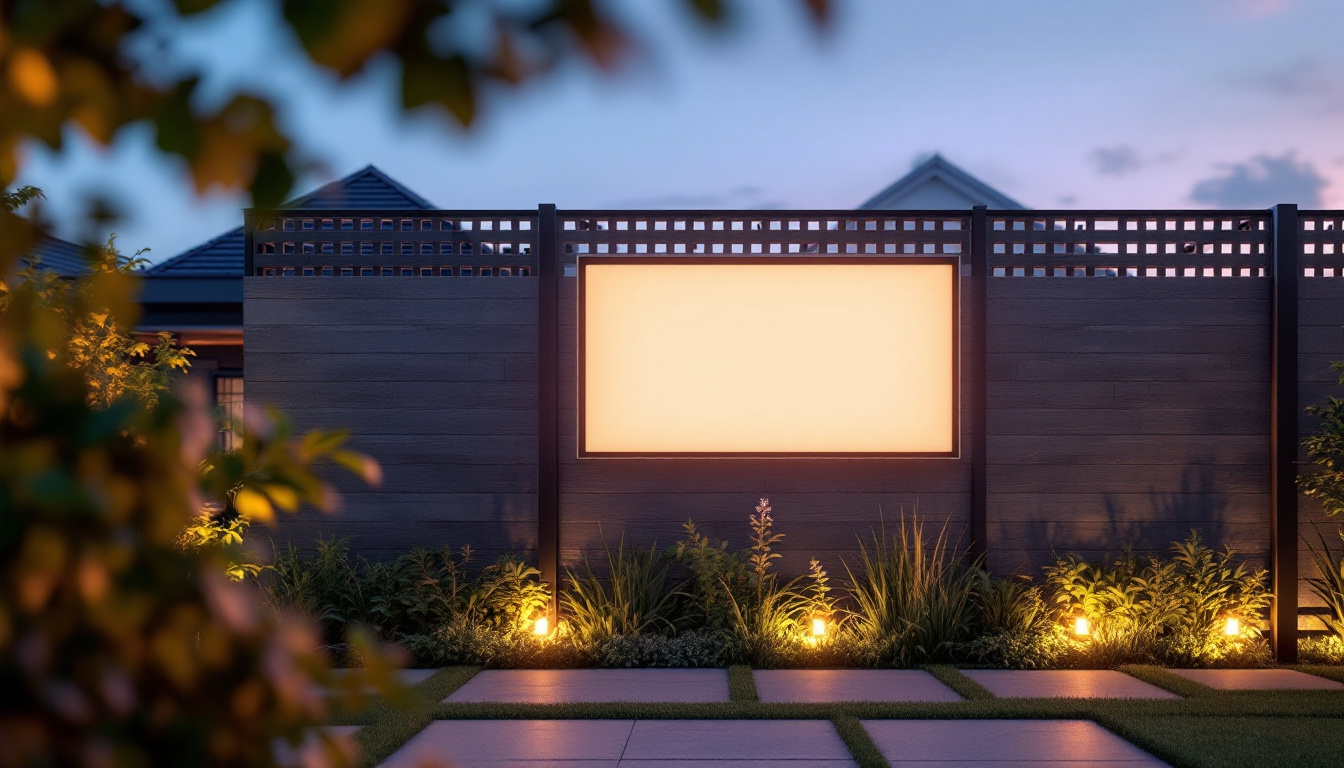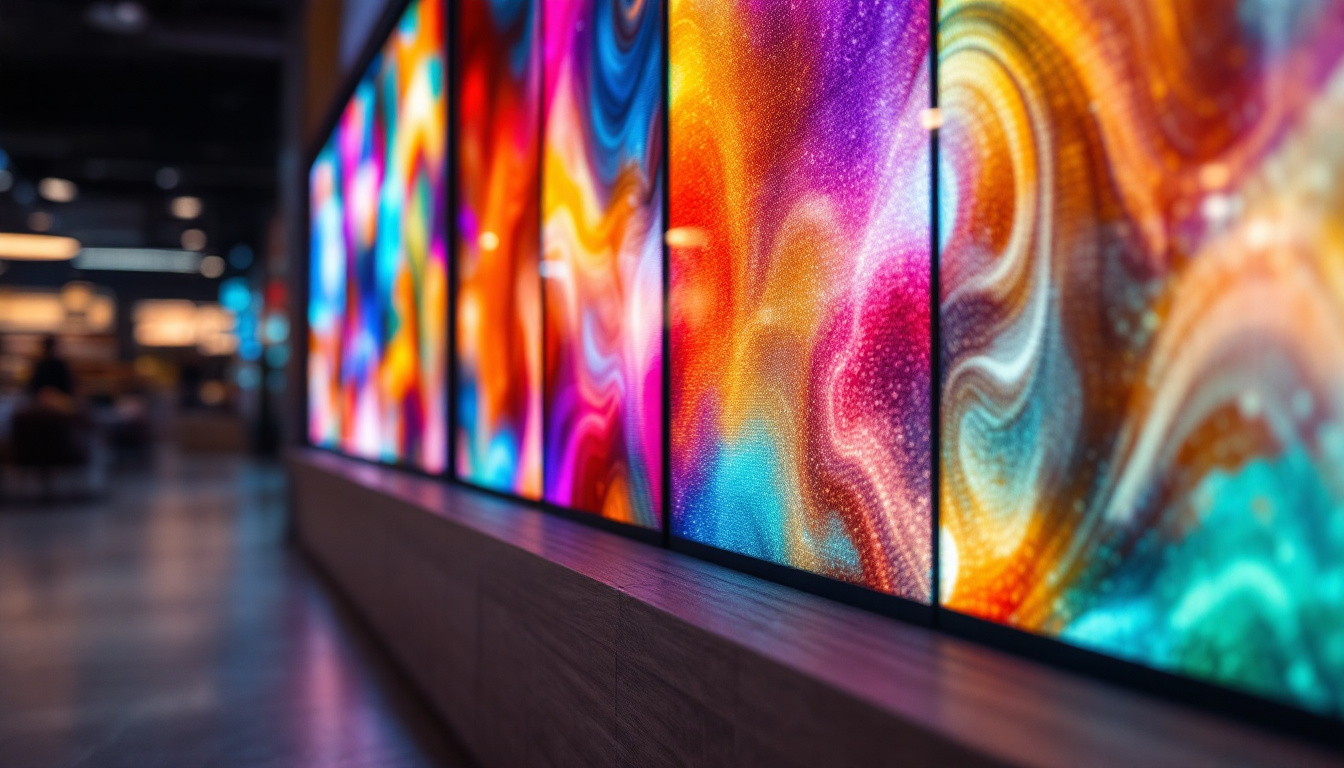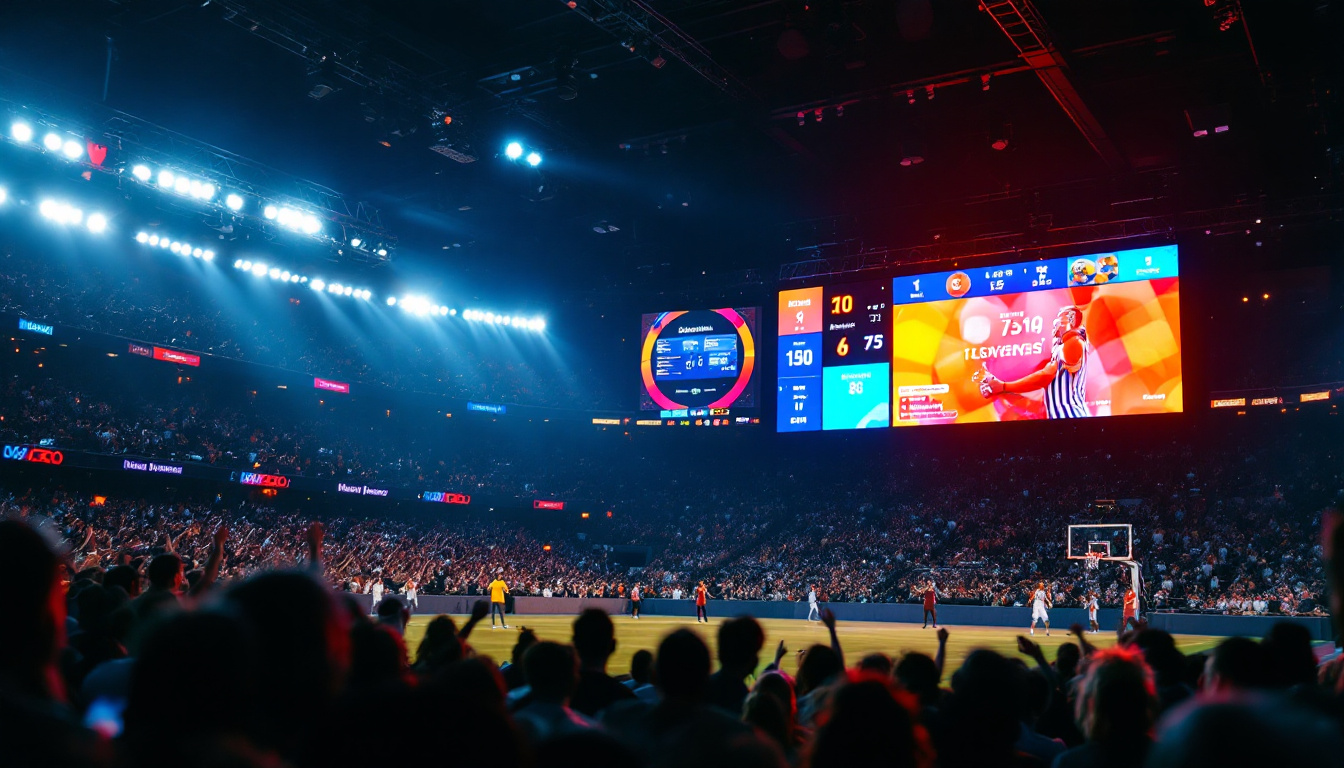In today’s fast-paced digital world, the demand for efficient workspace setups has never been higher. Dual monitor setups have become increasingly popular among professionals, gamers, and creatives alike, offering enhanced productivity and a more immersive experience. This article explores the benefits of dual monitors, the technology behind LED displays, and how to choose the right stand for your setup.
The Rise of Dual Monitors
The concept of using two monitors simultaneously is not new, but it has gained significant traction in recent years. With the rise of remote work and the need for multitasking, dual monitor setups provide users with the ability to manage multiple applications at once, improving workflow and efficiency.
Enhanced Productivity
Studies have shown that using dual monitors can increase productivity by up to 30%. This boost in efficiency is primarily due to the ability to view and interact with multiple applications side by side. For instance, a user can have a spreadsheet open on one screen while referencing a report on the other, eliminating the need to constantly switch between tabs.
Moreover, dual monitors can significantly reduce the time spent on tasks that require constant reference to different sources of information. This is particularly beneficial for professionals in fields such as finance, design, and programming, where data analysis and creative work often require simultaneous access to various resources. In addition, many users report a greater sense of organization and clarity when they can spread their work across two screens, allowing for a more streamlined approach to complex projects.
Furthermore, the flexibility offered by dual monitors can lead to innovative workflows. For example, creative professionals might use one screen for design software while utilizing the other for inspiration boards or client communications. This setup not only enhances productivity but also fosters creativity, as users can easily pull in visual references or feedback without interrupting their workflow.
Improved Ergonomics
Another advantage of dual monitor setups is the potential for improved ergonomics. By positioning two monitors at an optimal height and distance, users can reduce neck and eye strain, which are common issues associated with prolonged computer use. A well-designed dual monitor stand allows for adjustable height and angle, enabling users to customize their viewing experience for maximum comfort.
Furthermore, having two screens can encourage better posture. Instead of hunching over a single screen, users can maintain a more natural position, reducing the risk of musculoskeletal issues over time. The ability to adjust the monitors also means that users can alternate between tasks more comfortably, allowing for a change in focus that can alleviate fatigue during long work sessions. Additionally, incorporating ergonomic accessories such as keyboard trays and mouse pads can further enhance the overall setup, creating a workspace that prioritizes health and well-being.
In the context of remote work, the importance of ergonomics cannot be overstated. Many individuals have transitioned from traditional office environments to home offices, where the furniture and layout may not be as conducive to healthy working habits. A dual monitor setup can help bridge this gap by providing a more professional and organized workspace, ultimately leading to improved job satisfaction and performance. As more people embrace this technology, the conversation around workplace ergonomics continues to evolve, highlighting the need for thoughtful design in our increasingly digital world.
Understanding LED Display Technology
LED (Light Emitting Diode) displays have become the standard for modern monitors, offering vibrant colors, high contrast ratios, and energy efficiency. Understanding how LED technology works can help users make informed decisions when selecting monitors for their dual setup.
How LED Displays Work
LED displays utilize a matrix of tiny light-emitting diodes to produce images. Unlike traditional LCD screens that use fluorescent backlighting, LED monitors provide direct lighting, resulting in brighter images and deeper blacks. This technology allows for a wider color gamut, making LED displays ideal for tasks that require accurate color representation, such as graphic design and video editing.
Additionally, LED monitors are known for their energy efficiency. They consume less power than their LCD counterparts, making them an eco-friendly choice for users who are conscious about their energy consumption. This efficiency also translates to lower electricity bills over time. The longevity of LED technology is another significant advantage; many LED displays can last up to 50,000 hours or more, significantly reducing the need for frequent replacements and contributing to less electronic waste.
Types of LED Displays
There are several types of LED displays available on the market, each catering to different needs and preferences. The most common types include:
- Edge-Lit LED: These displays have LEDs positioned along the edges of the screen, providing backlighting. They are typically thinner and lighter than other types but may have less uniform brightness.
- Direct-Lit LED: This type features LEDs placed directly behind the screen, offering better brightness and contrast. Direct-lit displays are often used in larger monitors and televisions.
- Full-Array LED: Full-array displays have a grid of LEDs that can be individually controlled for brightness. This technology enhances contrast and allows for local dimming, resulting in deeper blacks and brighter highlights.
In addition to these common types, there are also specialized LED displays designed for specific applications. For instance, OLED (Organic Light Emitting Diode) displays are a variant that offers even greater contrast and color accuracy, making them popular in high-end televisions and professional monitors. Furthermore, MicroLED technology is emerging as a revolutionary option, utilizing microscopic LEDs to create self-emissive displays that promise to deliver unparalleled image quality and flexibility in screen size and shape. These advancements indicate a rapidly evolving landscape in display technology, providing consumers with an array of options to suit their unique requirements.
Choosing the Right Stand for Dual Monitors
Having the right stand for dual monitors is crucial for maximizing the benefits of a dual setup. A well-designed stand not only supports the monitors but also allows for flexibility and adjustability to create an ergonomic workspace.
Factors to Consider
When selecting a stand for dual monitors, several factors should be taken into account:
- Weight Capacity: Ensure the stand can support the combined weight of both monitors. Checking the manufacturer’s specifications is essential to avoid any accidents.
- Adjustability: Look for stands that offer height, tilt, and swivel adjustments. This flexibility allows users to customize their viewing angles for optimal comfort.
- Desk Space: Consider the amount of desk space available. Some stands are designed to be compact, while others may require more room. Choose a stand that fits your workspace without overcrowding it.
Types of Dual Monitor Stands
There are various types of dual monitor stands available, each with its own unique features:
- Desk Mounts: These stands attach directly to the desk, freeing up valuable workspace. They often offer extensive adjustability and can be positioned at any height.
- Freestanding Stands: These stands sit on the desk and do not require any mounting. They are easy to set up and can be moved around as needed.
- Wall Mounts: For those looking to save desk space, wall mounts are an excellent option. They allow for a clean and organized workspace but require proper installation.
Setting Up Your Dual Monitor Display
Once the right monitors and stands have been chosen, setting up the dual display can be an exciting process. Proper configuration ensures that users can take full advantage of their new setup.
Connecting the Monitors
Connecting dual monitors typically involves using HDMI, DisplayPort, or VGA cables, depending on the monitor’s input options. Most modern monitors support HDMI and DisplayPort, which provide high-quality video and audio signals. It is essential to check the compatibility of your graphics card to ensure it can support multiple displays.
After connecting the monitors, users should power them on and configure their display settings. This can usually be done through the operating system’s display settings menu, where users can choose to extend or duplicate their displays based on their preferences.
Optimizing Display Settings
Once the monitors are connected, optimizing the display settings is crucial for achieving the best visual experience. Users should adjust the resolution, refresh rate, and scaling options to ensure that both monitors display content clearly and consistently.
Additionally, color calibration may be necessary, especially for tasks that require precise color accuracy. Many monitors come with built-in calibration tools, or users can utilize third-party calibration software for more advanced adjustments.
Maintaining Your Dual Monitor Setup
To ensure the longevity and performance of a dual monitor setup, regular maintenance is essential. This includes cleaning the screens, checking connections, and updating drivers.
Cleaning and Care
Keeping the monitors clean is vital for maintaining optimal visibility. Users should use a microfiber cloth and a gentle cleaning solution specifically designed for screens. Avoid using harsh chemicals or abrasive materials that could damage the display.
In addition to cleaning the screens, it’s important to regularly check the cables and connections. Loose or damaged cables can lead to display issues, so ensuring everything is securely connected can prevent potential problems.
Updating Drivers
Regularly updating graphics drivers is crucial for ensuring compatibility and performance. Manufacturers often release updates that can enhance the functionality of dual monitor setups, providing better support for resolutions and refresh rates.
Users can typically check for driver updates through the manufacturer’s website or by using device management tools available in their operating system.
Conclusion
In conclusion, dual monitor setups have become an essential tool for enhancing productivity and creating an efficient workspace. Understanding the technology behind LED displays and choosing the right stand can significantly impact the overall experience. By considering factors such as adjustability, weight capacity, and desk space, users can create a customized setup that meets their specific needs.
As technology continues to evolve, the benefits of dual monitors will likely grow, making them a worthwhile investment for anyone looking to improve their workflow and efficiency. Whether for professional use, gaming, or creative projects, dual monitors offer a versatile solution for a modern digital workspace.
Explore Cutting-Edge Dual Monitor Solutions with LumenMatrix
Ready to elevate your workspace with the latest in LED display technology? LumenMatrix offers an extensive range of innovative LED display solutions tailored to meet your needs. From captivating Indoor LED Walls to dynamic Outdoor LED Displays, and even specialized options like Vehicle and Sports LED Displays, our products are designed to enhance your productivity and visual experience. Discover the transformative power of LumenMatrix LED displays and join the revolution in visual communication. Check out LumenMatrix LED Display Solutions today and see the difference for yourself.

